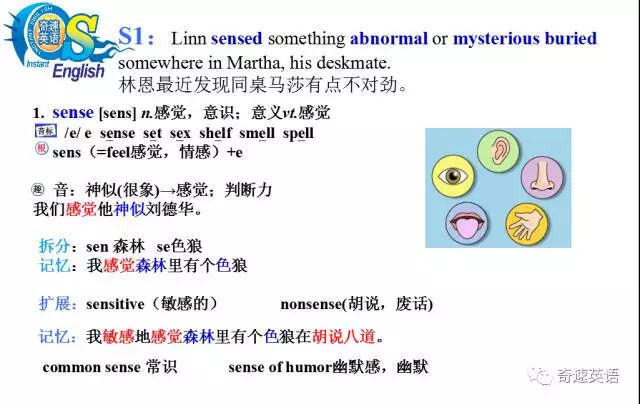Introduction to Efficient Cellular Communication
Efficient communication within cells is crucial for the proper functioning of biological organisms. Cells, the fundamental units of life, rely on a sophisticated network of signals and messages to coordinate their activities. This article delves into the concept of efficient cellular communication, exploring the mechanisms and implications of this vital process.
The Basics of Cellular Communication
Cellular communication involves the transmission of signals or messages between different parts of a cell or between different cells. This communication is essential for various cellular processes, including growth, development, reproduction, and response to environmental changes. The primary means of cellular communication include chemical signals, electrical signals, and physical interactions.
Chemical Signaling
Chemical signaling is one of the most common forms of cellular communication. It involves the release of signaling molecules, such as hormones, neurotransmitters, and growth factors, which bind to specific receptors on target cells. This binding triggers a series of events that ultimately lead to a cellular response. The efficiency of chemical signaling depends on several factors, including the specificity of the receptor-ligand interaction, the concentration of the signaling molecule, and the speed of signal propagation.
Electrical Signaling
Electrical signaling is another crucial aspect of cellular communication, particularly in excitable cells like neurons and muscle cells. This type of signaling involves the generation and propagation of electrical impulses, or action potentials, along the cell membrane. The efficiency of electrical signaling is determined by the properties of the cell membrane, such as its ion channels and the refractory period after an action potential.
Physical Interactions
Physical interactions, such as cell adhesion and cell-cell junctions, also play a significant role in cellular communication. These interactions allow cells to adhere to each other, form tissues, and coordinate their activities. The efficiency of physical interactions depends on the strength of the adhesion molecules and the structure of the cell-cell junctions, such as tight junctions, adherens junctions, and desmosomes.
Efficiency in Cellular Communication: Key Factors
Several factors contribute to the efficiency of cellular communication:
Specificity: The ability of a signaling molecule to bind to its specific receptor is crucial for efficient communication. Specificity ensures that the signal is received by the intended target cell and not by others.
Strength of Signal: The concentration of the signaling molecule and the strength of the receptor-ligand interaction determine the intensity of the cellular response.
Speed: The speed at which a signal is transmitted and the speed at which a cellular response is initiated are essential for the timely coordination of cellular activities.
Amplification: Amplification of the signal can increase the efficiency of cellular communication, allowing even weak signals to produce a detectable response.
Feedback Loops: Feedback mechanisms, such as negative and positive feedback, help maintain the balance and efficiency of cellular communication.
Challenges and Advances in Efficient Cellular Communication
Despite the remarkable efficiency of cellular communication, there are challenges that scientists continue to address. One of the main challenges is understanding the complex network of signaling pathways and how they integrate to produce the desired cellular responses. Advances in molecular biology, genetics, and biochemistry have significantly contributed to our understanding of these pathways.
Technological advancements, such as CRISPR-Cas9 gene editing, have also enabled researchers to manipulate cellular communication pathways, leading to potential therapeutic applications. However, the potential risks and ethical considerations of these advancements must be carefully evaluated.
Conclusion
Efficient cellular communication is a cornerstone of life, allowing cells to coordinate their activities and maintain homeostasis. By understanding the mechanisms and factors that contribute to the efficiency of cellular communication, scientists can gain valuable insights into the functioning of biological organisms. This knowledge has the potential to improve our understanding of diseases and develop novel therapeutic approaches.
转载请注明来自醉美玉溪,本文标题:《高效表达细胞英文:细胞用英语怎么说? 》










 蜀ICP备2022005971号-1
蜀ICP备2022005971号-1
还没有评论,来说两句吧...